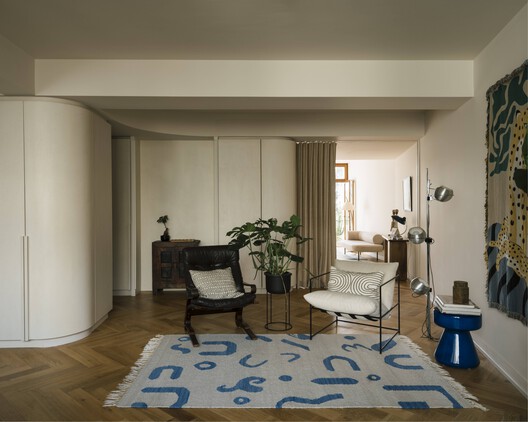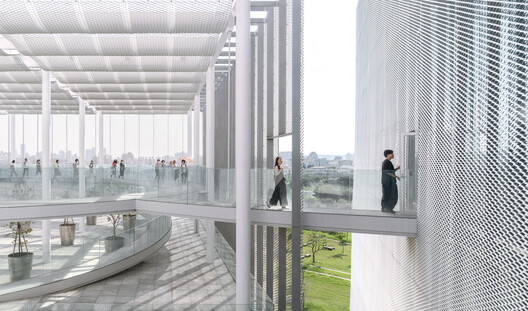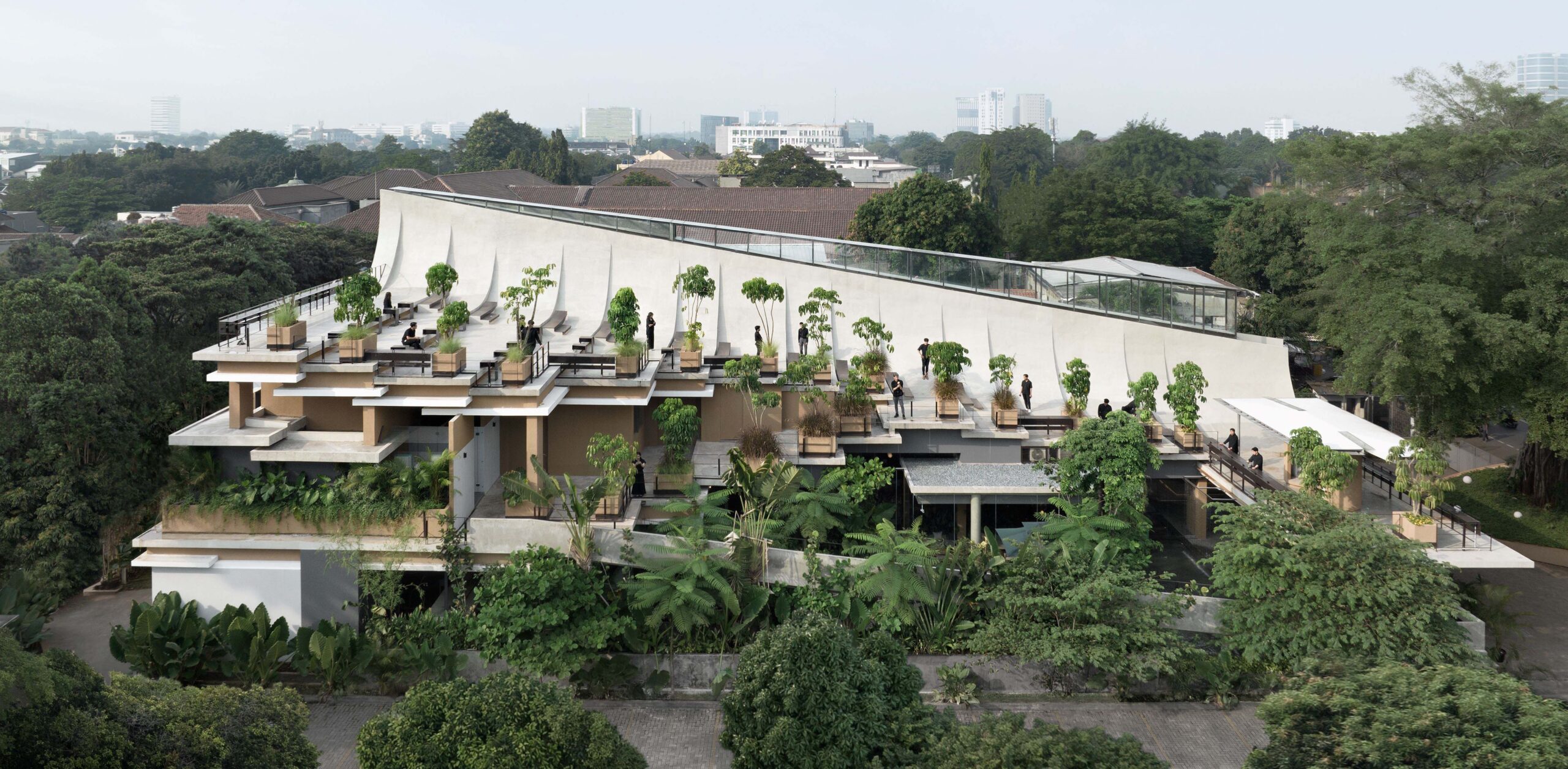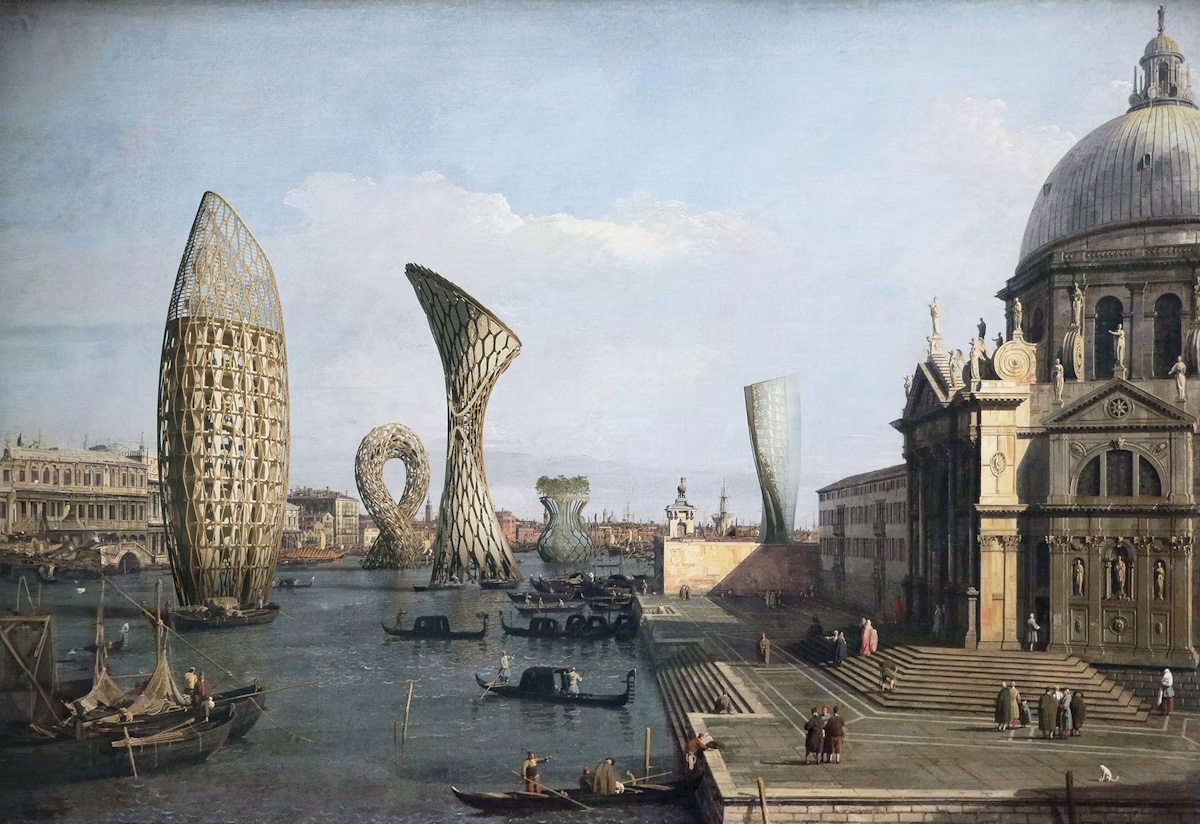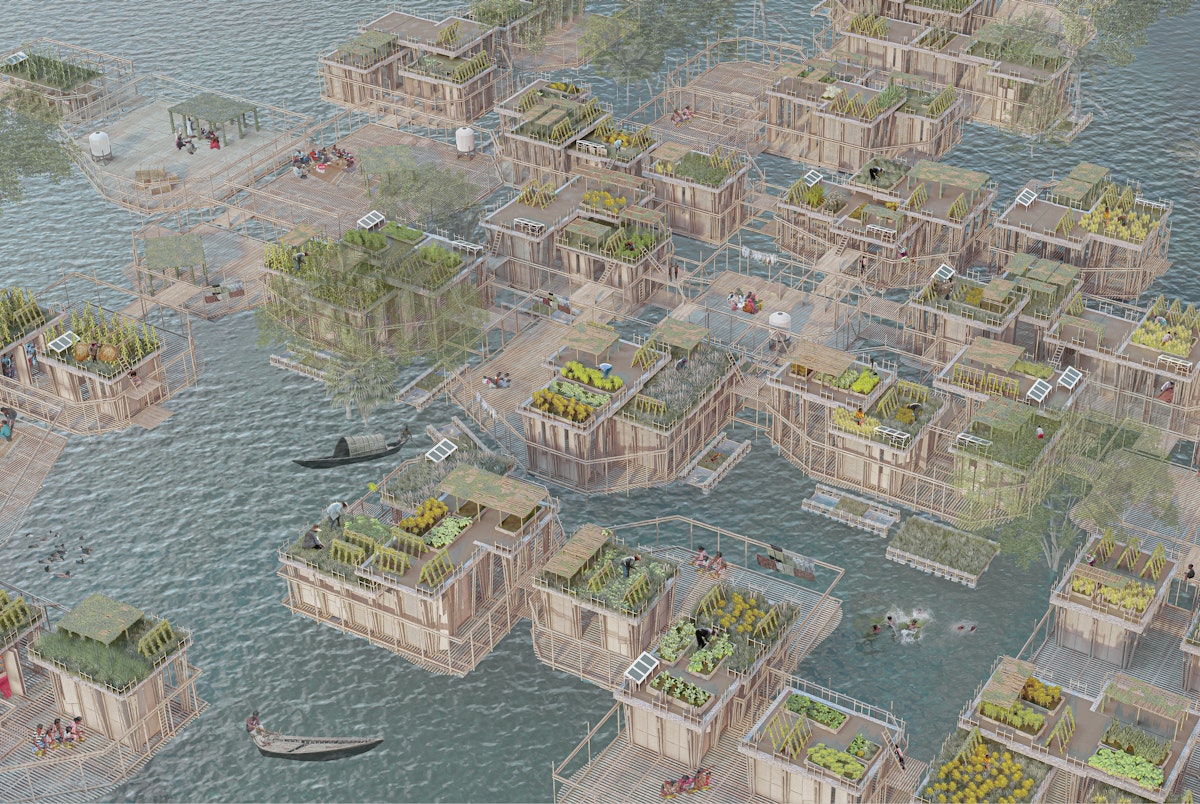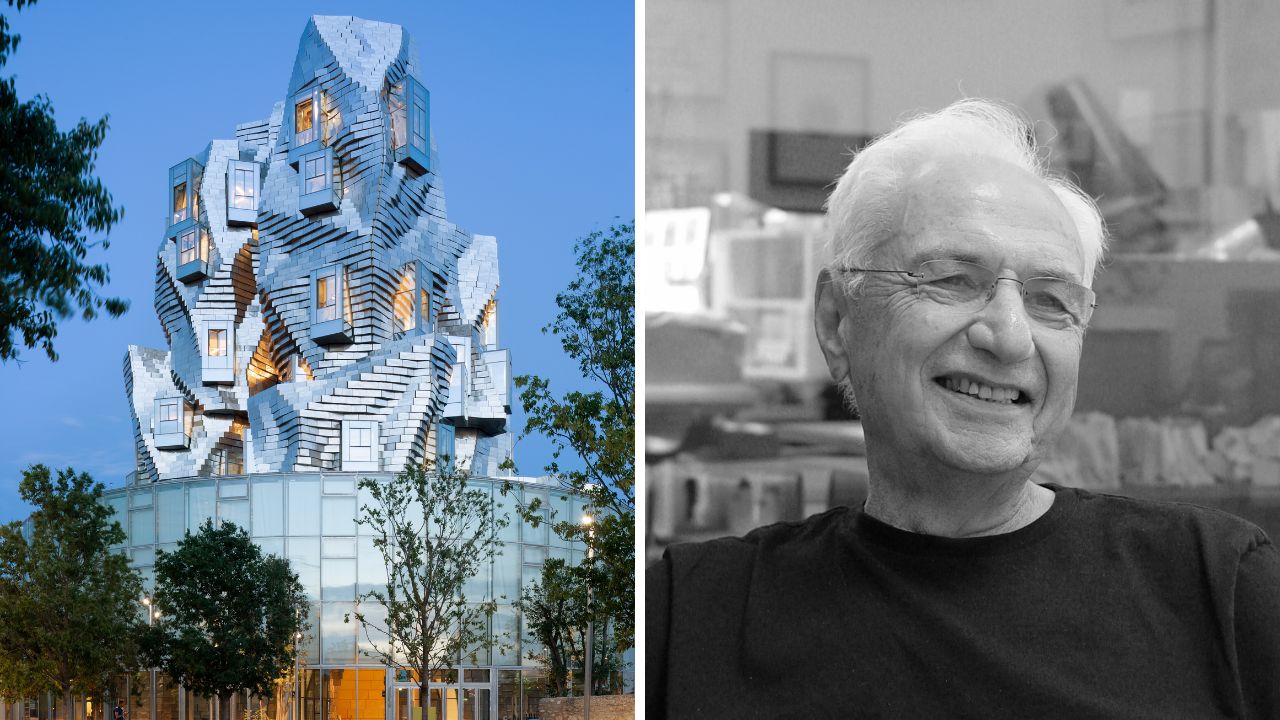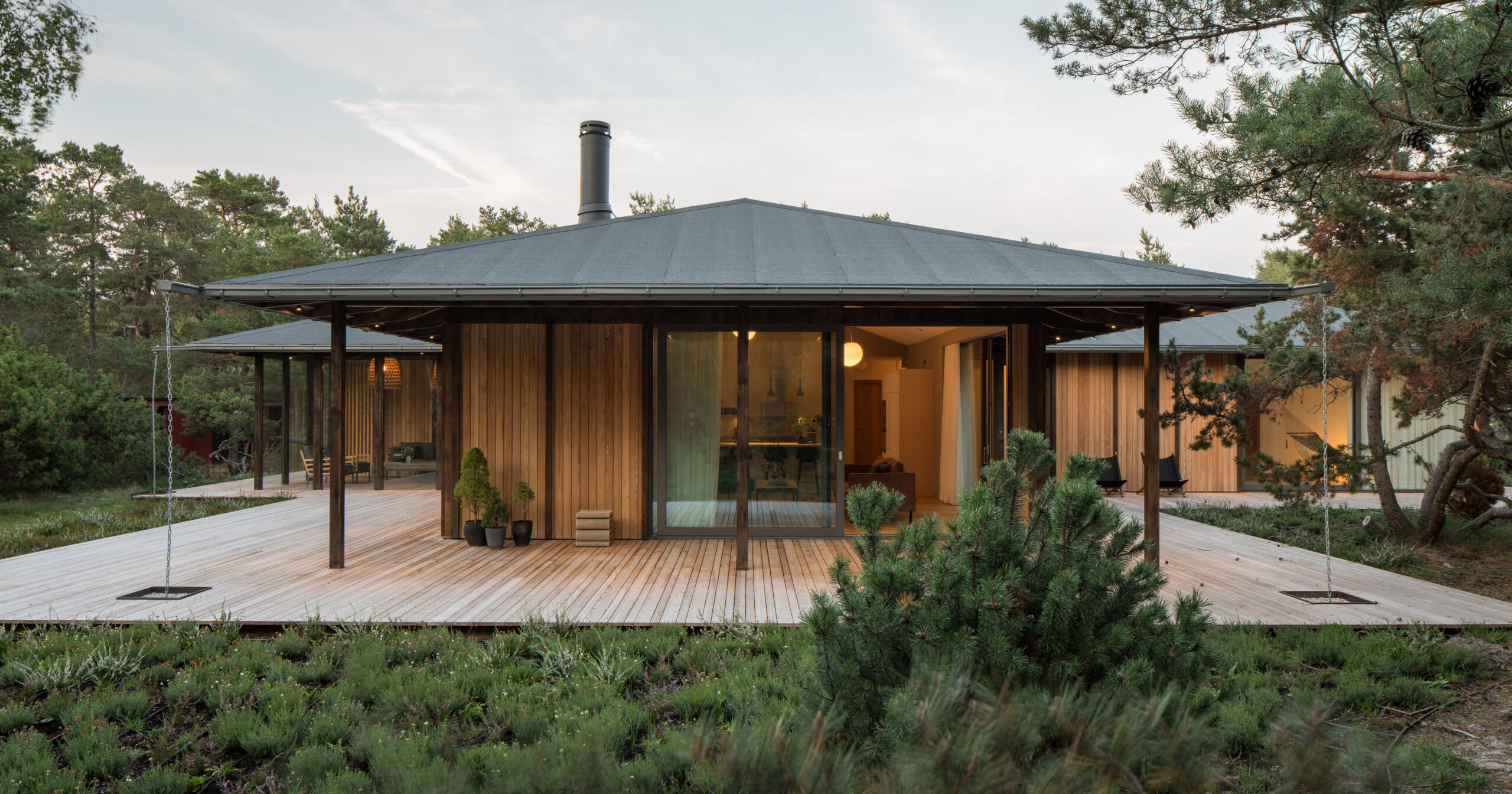The Death of Personal Taste: Why We’re All Living in the Same Home

The latest edition of “Architizer: The World’s Best Architecture” — a stunning, hardbound book celebrating the most inspiring contemporary architecture from around the globe — is now available for pre-order. Secure your copy today.
I’d like to start this semi-nostalgic piece with a fitting statement: there was a time when personality trumped trends (at least a little).
Like many former alt kids, I’m still quietly mourning the disappearance of subcultures and the rise of a world ruled by so-called “aesthetics.” But as a former alt kid/present-day architect, what’s even more concerning is that this cultural flattening has extended beyond fashion and music into something far more permanent: the spaces we live in.
I initially noticed this pattern with Airbnb, as every listing on the platform increasingly felt like the same apartment. Whether it’s Paris, the Balkans, or Scandinavia, you get the same neutral palette, the same IKEA furniture, and the same “Live. Laugh. Love” sign (although no one would argue that living, laughing and loving shouldn’t remain a global goal).
But while this kind of visual consistency might be kind of understandable in the context of short-term rentals, it has also crept into homes, cafés, workspaces and nearly every space that was designed to feel intentional.
So what’s driving this aesthetic uniformity? In short, the algorithm has done what the International Style once only attempted. Instead of prescribing a formal design language, it has led us all to seek inspiration from the same narrow, homogenized set of sources, all driven by the almighty algorithm.
Life Before Moodboards
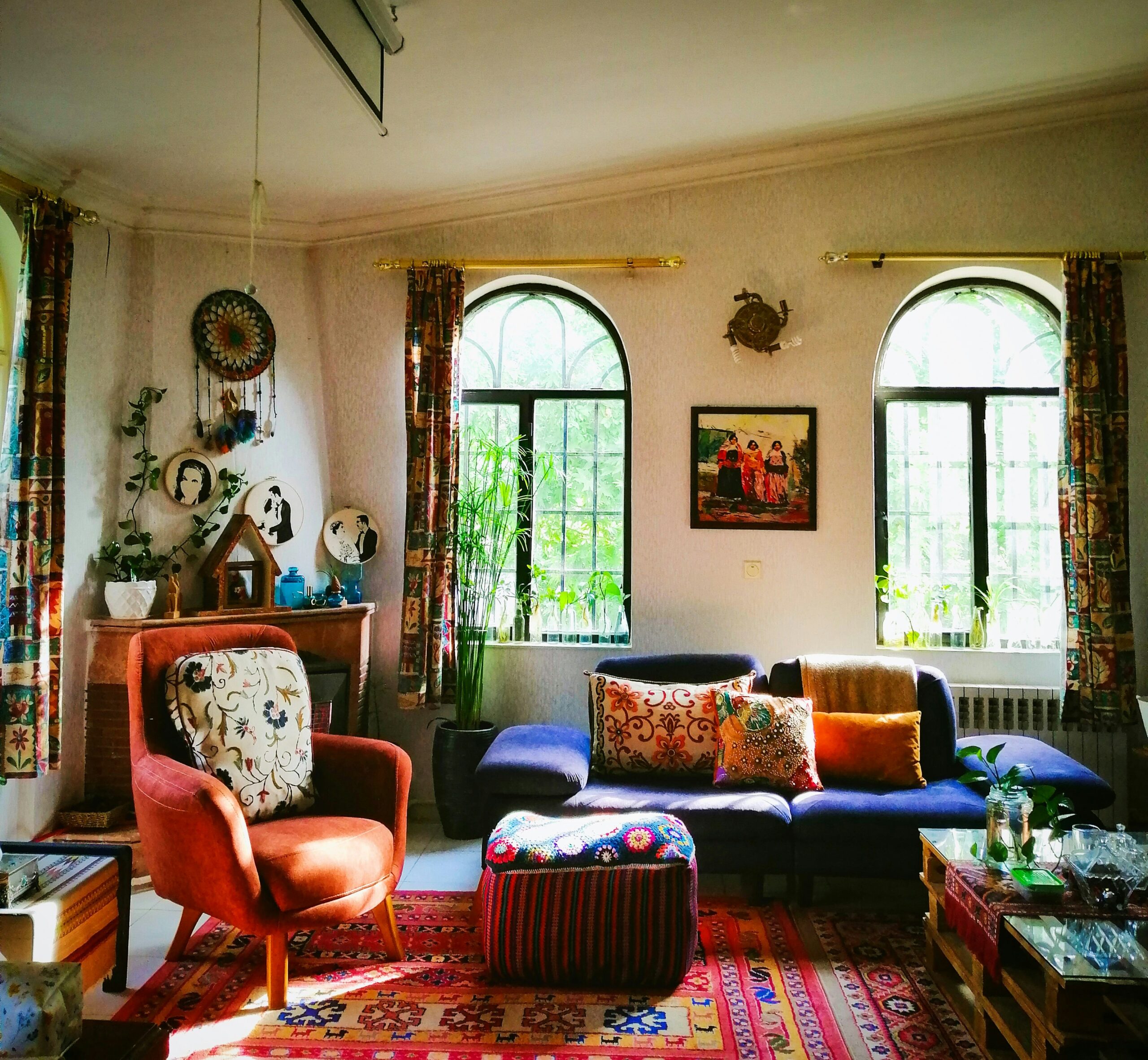
Photo by Nasim Keshmiri via Unsplash
Before every space needed to be “curated” and camera-ready people simply lived in them (sometimes even laughed and loved, despite the lack of signage).
Walk into someone’s home, and you could piece together parts of their life. The books on the shelf had been read (or at least started), the artwork was usually personal or peculiar, the furniture often arrived through circumstance rather than strategy. Maybe the dining table didn’t match the chairs. Maybe the rug was a hand-me-down from a relative who smoked indoors. But that friction between taste, need and availability created a kind of visual biography.
Inspiration worked the same way —less curated, more unpredictable. Both architects and clients brought ideas to the table, but those ideas came from different sources: books, travel, local projects, magazines, real-life spaces. There were global trends, yes, but they moved slower, and they reached people unevenly. Not everyone was working from the same set of images, and not everyone had access to the same materials.
Availability is what shaped decisions. A countertop might be chosen because it was stocked nearby or a wood species might be used because the builder already had a supplier. These limitations weren’t always ideal, but they led to variation by default. Even when two clients wanted the same style, the results often looked different because the inputs were different, the constraints were different, and there was more room for interpretation along the way.
And while this didn’t necessarily lead to perfection, it did lead to some form of originality.
How We All Ended Up in the Same Room
These days, both clients and architects often begin with the same step: opening Pinterest.
Mood boards are assembled from scrollable grids of “inspo” images — easily saved, easily shared and increasingly, eerily repetitive. This all makes sense, as the platform is quick, visual and a seemingly endless source of information. But that illusion of abundance masks a deeper issue: most people are seeing the same things. And lately, the quality of these images seems to be compromised.
While there aren’t any official stats on how the algorithm works, artists and designers have raised concerns about a growing saturation of AI-generated content and sponsored posts on Pinterest.
For example, a recent short experiment conducted by designer Victoria Gillerlain found that even minor interaction with AI content (like pinning just one or two such images) caused Pinterest feeds to shift dramatically, leading to up to 50% of her homepage being dominated by AI-generated images and ads. Newer accounts, by contrast, were shown almost none at first, but that changed after interacting with said content.
But even if you manage to avoid the AI flood, there’s another culprit: the global availability of the same products. The same chairs, lamps and faux-stone surfaces seen in mood boards can be ordered by anyone, anywhere and anytime. Global shipping and mass production have made it possible to turn a Pinterest board into a living room in just a few clicks, no matter where you are.
And on top of that, this is what most clients want, because it’s what they’ve seen work well and what they can realistically afford. For many, it feels like the safe, obvious choice that they’re already seeing in action.
What We Lost Along The Way
Pinterest-ready palettes, fast furniture and prefab aesthetics offer the illusion of a shortcut. For both clients and architects, they can be incredibly helpful, especially when timelines are tight and budgets even tighter. In a hyper-productive culture, that kind of predictability feels like a gift.
But in that tradeoff, we’re losing something deeper: the soul of our spaces. (A dramatic claim, perhaps, but I did spare you the term “genius loci,” so there’s that.)
The layouts are functional, the colors are calm, the furniture matches. Everything looks right. But that’s the problem. These spaces aren’t the product of a lived, evolving process, but replicas, lifted from reference images and assembled to look like something familiar, rather than to express something individual.
We also lose context. Materials and methods that once reflected place like clay tiles, woven rugs or locally sourced wood are now pushed aside in favor of neutral, shippable alternatives. Even when local options exist, they’re often seen as too difficult to obtain or even too inconsistent to match the moodboard.
Architects and interior designers, trained to respond to site, history and cultural texture, are increasingly nudged toward producing spaces that look like what clients have already seen and told that it’s “timeless.” But timelessness, in this context, often just means algorithmically uncontroversial.
And finally, we lose the joy of figuring things out. Design should involve a lot of problem-solving. You adapt an idea to suit the site, or test materials in a way you hadn’t tried before. You don’t know exactly how the space would turn out. But that uncertainty is where creativity thrives.
But with every detail pre-visualized and ready to click into a shopping cart, that room for experimentation gets squeezed out. And even if the result looks good, you can’t help but feel like you’ve seen it before. Because chances are… you have.
Finding a Way Back to Personal Taste
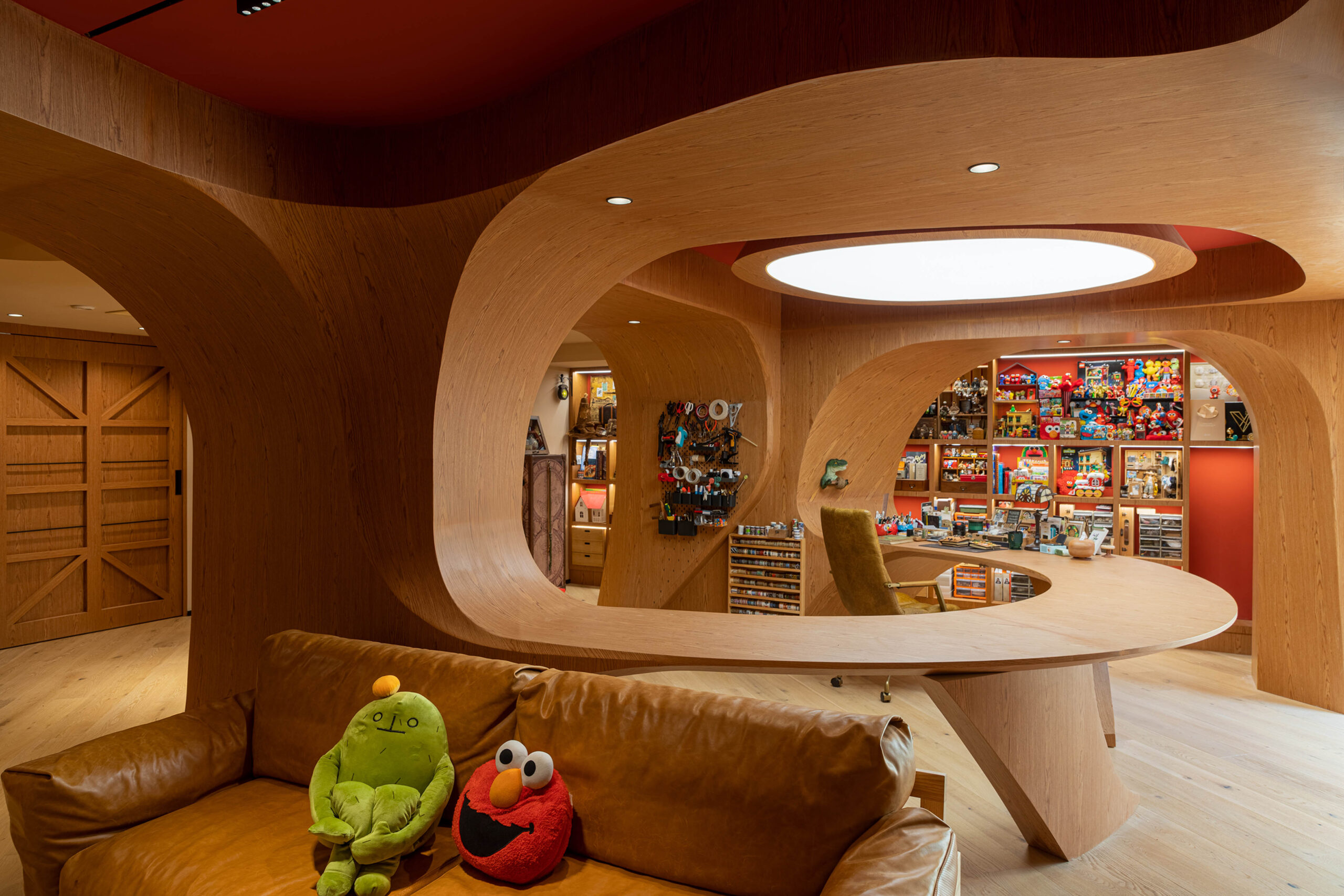
Vlogger Aguai’s Home by LZA, Baoshan, Shanghai, China | Popular Choice Winner, Residential Interiors (< 3000 fq ft), 12th Architizer A+Awards
We don’t need to throw away mood boards or shame anyone for liking beige. But if we want spaces to feel more personal, more rooted and more real, we need to slow down and look elsewhere.
Before opening Pinterest, try sitting with the space. Think about what’s already there; the light, its quirks, the way you live in it. Let ideas come from memory, from objects you already own, from what’s outside your window.
You can still make a mood board. Just don’t let it make the decisions for you.
The latest edition of “Architizer: The World’s Best Architecture” — a stunning, hardbound book celebrating the most inspiring contemporary architecture from around the globe — is now available for pre-order. Secure your copy today.
The post The Death of Personal Taste: Why We’re All Living in the Same Home appeared first on Journal.













